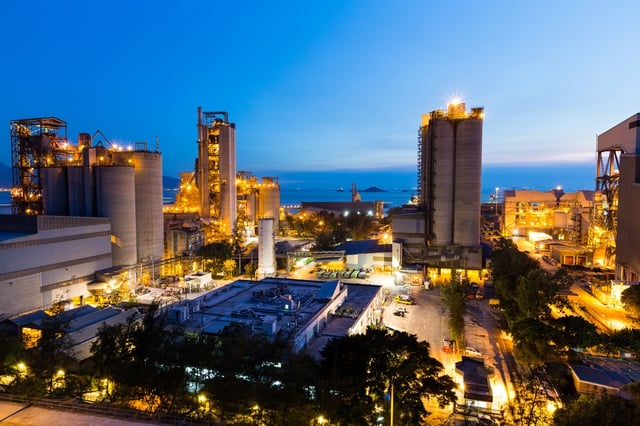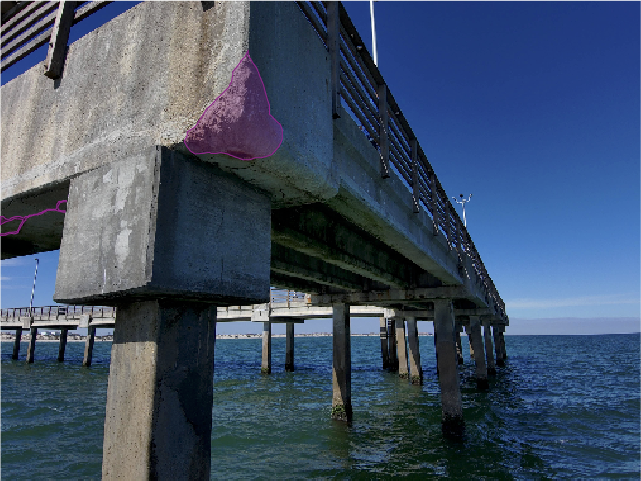INTRODUCTION:
One of the challenges that natural gas companies face has to do with delivering gas energy efficiently, safely and profitably. The world is moving away from the use of fossil fuels and toward the use of clean and renewable energy such as solar and wind energy. The move will be slow until the cost of providing alternate energy becomes competitive with the cost of providing fossil fuel energy.
Natural gas is considered as clean energy. Therefore it will serve as a transitional form of clean energy while the shift from fossil fuels to renewable energy occurs. Consequently, a window of opportunity exists to optimize the delivery of natural gas in a profitable manner.
The purpose of this article is to answer two questions regarding methods for gas measurement and metering, and whether the use of drones could be helpful
- What conventional methods are used for delivering natural gas
- How could drones improve natural gas delivery methods?

What conventional methods are used for delivering natural gas?
Conventional methods utilize flowmeters to measure gas flow. The flowmeter relies on measuring pressure drop between two pipe locations in order to compute the flow rate.
There are many types of gas flowmeters. They include the following:
- Coriolis flowmeters measure oil and gas flows. Because liquids have higher density than gases, Coriolis flowmeters provide more accurate measurements for liquid flow. These meters are expensive, especially for line sizes above 6 inches.
- Ultrasonic flowmeters are used mainly for gas flow measurement. The inline models are reasonably accurate, and they usually have transducers mounted inside the pipe. The clamp-on models are not as accurate as the inline models, but they have the advantage of measuring gas flow without the need to penetrate the pipe. For this reason, they are used as temporary, movable measurement devices. Other competing flowmeters are the vortex, differential-pressure, positive displacement and turbine flowmeters.
- Thermal flowmeters are used primarily for measuring and monitoring greenhouse emissions from smoke stacks rather than flow rates in natural gas pipelines.
Accurate flow measurement is very important for both fiscal and custody transfer arrangements. For example, at current natural gas prices, a measurement error of 1% could translate into about 300 million cubic feet of gas per day, which amounts to about $2 million per year.
Of the different types of flowmeters, ultrasonic flowmeters appear to be the most favored for measuring natural gas flow. They cause little pressure drop, they are non-intrusive, they do not have any moving parts, and they have longer-term reliability than competing flowmeters.
Furthermore, ultrasonic flowmeters can detect and compensate for two-phase flow, impurities and the sudden appearance of liquids due to condensation.
How could drones improve natural gas delivery methods?
Vendors are continually improving the accuracy and cost of flowmeters. Currently, measurement data from flowmeters (which includes temperature and pressure) are transmitted to flow computers for analysis in order to calculate the flow rate.
The transmission and analysis of data from flowmeters provide an opportunity for possible improvement. Drones could be deployed to collect and transmit data from flowmeters and to transmit them in real time to flow computers for analysis.
Using drone inspection services in this fashion will provide these benefits:
- The ability to collect flow measurement data remotely and efficiently over large stretches of pipelines;
- The ability to detect regions in the pipeline where leakage or condensation may be occurring,;
- Significant savings in the use of manpower utilization, and the ability to reach pipeline locations that may be hazardous to humans.
CONCLUSION:
The use of drone technology is revolutionizing the manner in which monitoring of oil and gas equipment and the performance of maintenance tasks are implemented.
Not surprisingly, drones are finding increasing applications in conducting warfare, in law enforcement, in agriculture, in construction, in monitoring the atmosphere and for many other applications.
The window of opportunity has opened for using drones to improve natural gas delivery in term of efficiency, safety, and cost.
About Industrial SkyWorks:
Industrial Skyworks (ISW) is a commercial, Unmanned Aerial System (UAS) and data management solutions company with offices in Houston, Toronto and Trinidad. Founded in 2012 by pilots with backgrounds and expertise in aircraft safety systems, risk management and aeronautical sciences, ISW inspects buildings, and oil and gas infrastructure using small Unmanned Aerial Systems (sUAS). They are the first company ever to receive FAA approval for night-time commercial drone operations and flew the first ever FAA-sanctioned night flight in the U.S., in the Fall of 2016.
Tags
Oil and Gas



.png)
